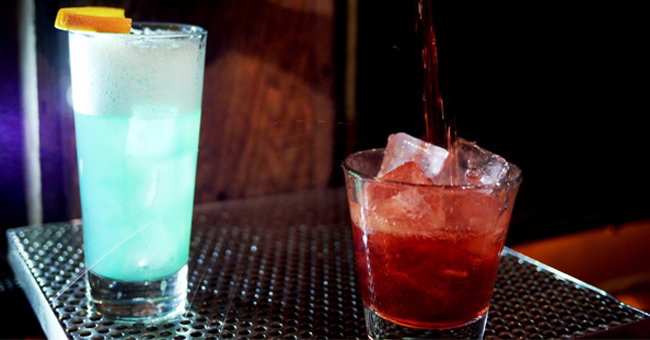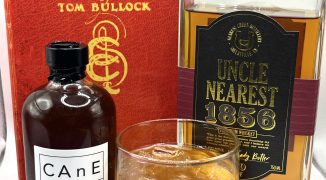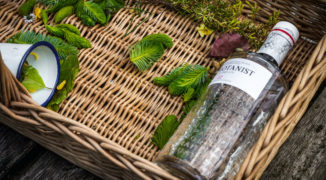Draft cocktails continue to turn up in bars everywhere. There are some, like Yours Sincerely in Bushwick, Brooklyn, that only serve tap cocktails; others, like Dante in the West Village, have one signature drink kegged, a fun grace note on an otherwise classic à la minute menu. But how does a bar owner get into the business of pre-batched, readily available drinks — the kind that will save bartenders time during a busy service, as well as offer something a little different and fun, without sacrificing quality? We talked to a couple of bartenders about how they’re doing it and what their tips are for anyone looking to add these to their repertoire.
Pay close attention to temperature and dilution.
Aaron Polsky at Harvard & Stone in L.A. has gotten quite precise and scientific with his draft drinks. From him, we learn that temperature and dilution are absolutely key. “The cocktails you can serve on draught are necessarily limited due to the fact that they’re typically stored at 34 degrees. This eliminates a well-made stirred up cocktail, like a Manhattan or a Martini, as these are typically served at 29 degrees following stirring,” he says. “To add to this problem, some bars will pre-dilute the cocktail, which is only detrimental to the product at this temperature, as it loosens the flavors, including the alcohol.”
Ditch the drinks that require aeration.
Because draft cocktails also don’t get aerated in the way a shaken or whipped cocktail would, you also can’t go for margaritas or sours. What works best, according to Polsky, are “long drinks — mules, fizzes, Collinses.” It all goes back to temperature: “They’re typically shaken to chill below 32F, but then topped up, over ice, with soda that’s around 37F, which gives us an average temperature of 34F. This is the temperature at which a cold fridge will be kept, so this drink can be carbonated, held at temp, and behave like a long drink made à la minute.”
https://instagram.com/p/BOlI1xMAQlI/
Consider the ingredients (and the temperatures at which they keep).
A Negroni, like that served at Dante, is perfect for this sort of preparation. “They’re made with room-temperature spirits and fridge-temp vermouth,” he says of the bitter Italian favorite. “Ice is added; it’s given a few stirs and garnished. We can keep a cocktail like this at room or fridge temp.” No guest would know the difference.
At Harvard & Stone, they serve a grapefruit tequila mule on draft, incorporating a Makrut lime distillate that replicates a juice through the use of acids, eliminating the need for clarification in a centrifuge.
Keep the lines clean.
On the other end of the country, Morgan Flynn at Salt & Barrel in Bay Shore, New York, serves a Hemingway Daiquiri on tap, and have also served peach-mint juleps during Derby season. His number one rule is to keep the lines clean. An experiment with nitro coffee left one of his taps completely tainted by the strong taste: “Coffee is the ultimate stainer of any line,” Flynn warns. They took cold brew off and never put it back on.
Make sure the juices are strained and occasionally shaken.
“When we were setting up, we wanted to have the option of doing drafted cocktails,” Flynn says. “We ended up doing the Daiquiri because, when we first opened, it had become our best-selling cocktail, and we were making them so prolifically that we wanted to find a way to expedite the making to help the bartenders. I figured out the ratios for creating a 5-gallon bucket of them.”
There were a few key things about converting this specific cocktail. This Daiquiri has lime juice and pink grapefruit juice, meaning you have to strain out the pulp — both because it can clog the line and because it has a different viscosity from the alcohol. “For a while, the fruit juice with the pulp, tends to settle at the bottom of the keg, so you’re getting a lot of juice,” he notes, meaning the pours at the beginning aren’t the same as at the end — a big no-no. In addition to straining, they also shake the keg every day before service in order to redistribute anything that might have fallen to the bottom. Flynn also echoes Polsky’s advice for not doing a Manhattan and has developed his own formula for dilution.
There’s certainly a lot to keep in mind when considering adding draft cocktails to your bar. But they continue to trend and offer something to play with, allowing for some new exploration of even the most classic drinks.





